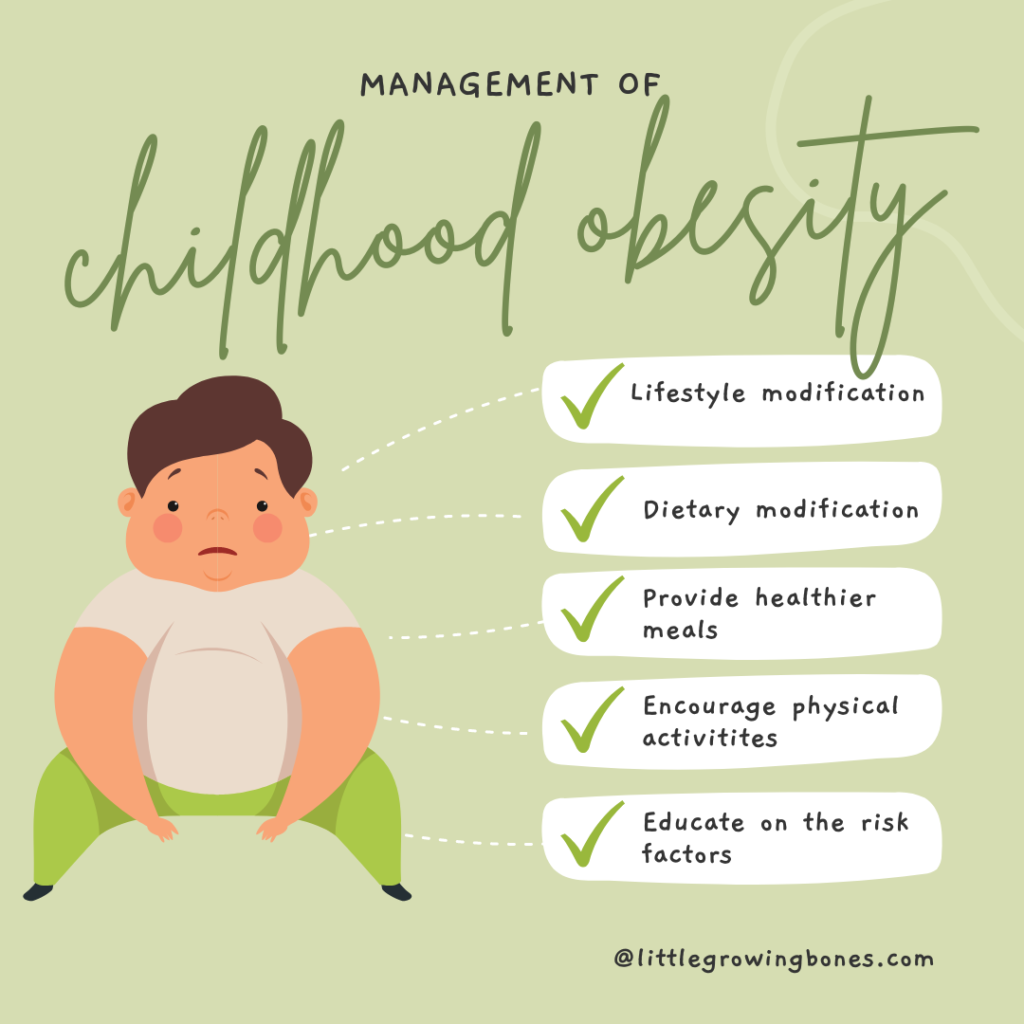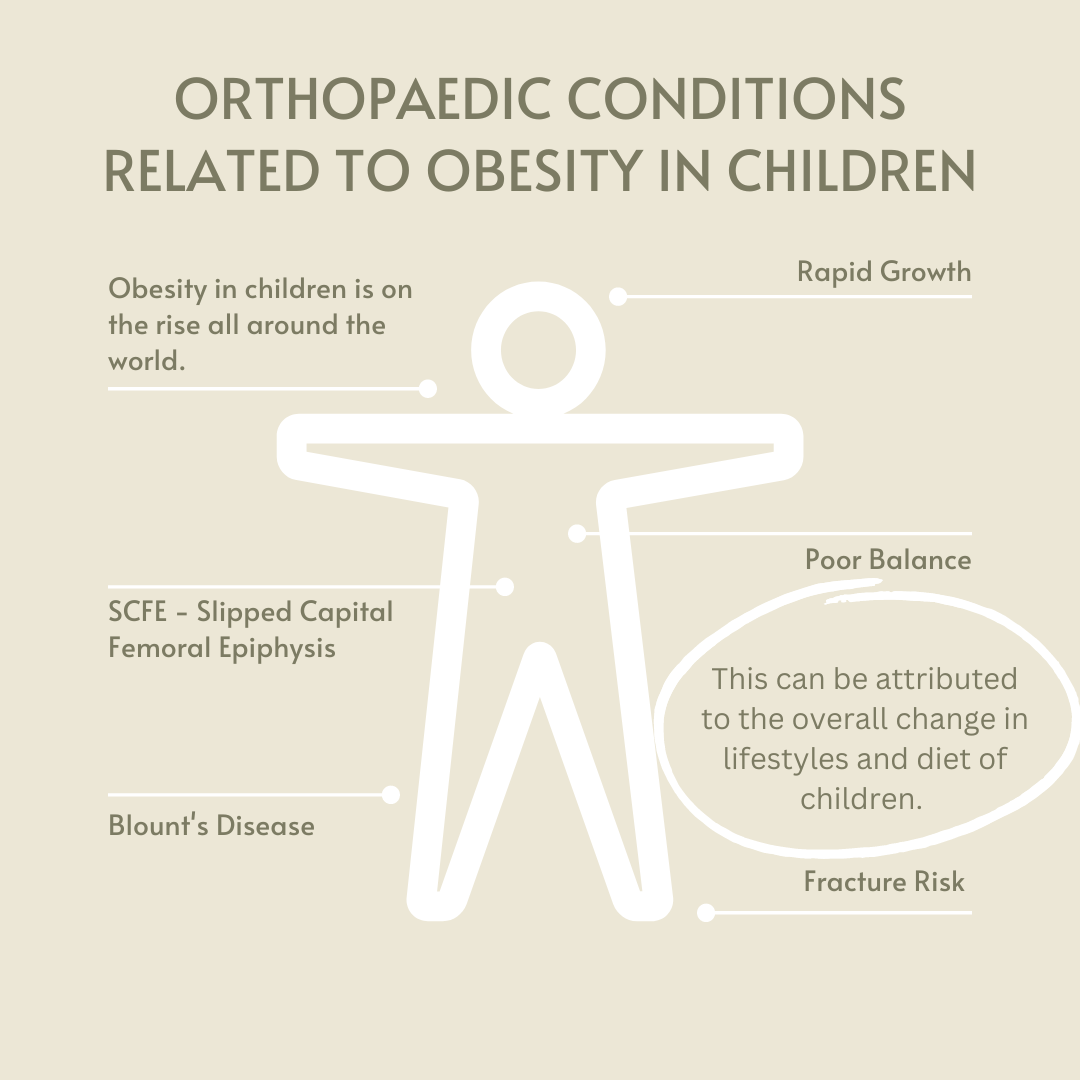Childhood obesity or being overweight in children is on the rise all around the world. This can be attributed to the overall change in lifestyles and diet of children.
According to a 2021 study, the prevalence of childhood obesity and overweight in Uganda is at about 5%.
In this article, we shall go over the causes of obesity and how to manage it.
What does childhood obesity mean?
Body mass index
The body mass index (BMI) is a measure determined by the relationship between the body weight and the height of the child.
A BMI equal to or more than the 85th percentile Is considered overweight in children while if it’s equal to or greater than the 95th percentile, it’s considered obesity.
In children, the BMI is compared to the BMI of other children of similar age and sex to determine if they are overweight or not.
Signs and symptoms of childhood obesity related to orthopedics
- Shortness of breath
- Joint pains
- Back pain and scoliosis
- Knee deformities
Do you need to see a paediatric orthopaedic surgeon?
What are the causes and factors associated with childhood obesity
It is rarely just one thing that will cause childhood obesity, as it is explained in this article; there is a complex interaction of lots of factors to lead to obesity.
- Unhealthy diet
A diet rich in refined sugar, fried foods, and calorie-dense food puts children at risk of obesity.
- Lack of exercise
A sedentary lifestyle in children increases the risk of obesity. This is often encouraged by a lifestyle that encourages activities like video games and arcade games instead of activities that are more physical.
- Maternal obesity
In this study, they found that children whose mothers were obese were three times more likely to be obese as well.
- Male gender
Boys have been found to more likely to be overweight than their female counterparts.
Orthopedic conditions related to obesity in children
- SCFE
SCFE is termed slipped capital femoral epiphysis in full is a condition in children associated with the slippage of the head of the femur of the growth plate (epiphysis)
It’s most common in overweight children even though it can happen in non-overweight children as well. can be secondary to other conditions.
This condition leads to hip, thigh, or knee pain and can distort the growth of the femur on the affected side.
- Blount’s disease
This is a condition characterized by the compression of the lateral growth plate of the tibia in young children leading to bowing of the knees. It’s often seen in overweight kids. It can lead to early arthritis of the knee joint due to unbalanced weight distribution on the joint surfaces of the knee joint.
- Rapid growth
Obese children have also been noted to grow faster than other non-obese children their age. This is thought to be secondary to the leptin receptors leading to a dose-dependent effect on the growth plate.
- Poor balance
Overweight children were also noted to have a poor balance which is assumed to put them at risk for falls/ injury.
- Fracture risk
Overweight children are thought to be at higher risk for fractures because when they fall, they land with a greater force which could easily propagate a fracture in comparison to their counterparts.
Effect of obesity on treatment modalities
- Scoliosis bracing
Bracing is less likely to be effective in children with truncal obesity than in their non-obese counterparts.
- Postoperative infection
Obese and overweight patients are more likely to complicate with infection than non-obese or overweight children.

Management of childhood obesity
We will focus on non-operative treatment
- Lifestyle modification
Encourage more physical activities and integrate exercise into their day-to-day lifestyle
- Dietary modification
A diet with more vegetables and fruit and less refined sugar, fried foods, and carbohydrates is likely to get the children into better shape
- Parents should advocate for children at school to provide healthier meals and encourage physical activity.
- Educate families about the risk factors and orthopedic conditions associated with obesity
In conclusion, obesity is a threat to musculoskeletal health. It is important to create awareness about this and to encourage clinicians and families to prevent it through lifestyle modifications.
